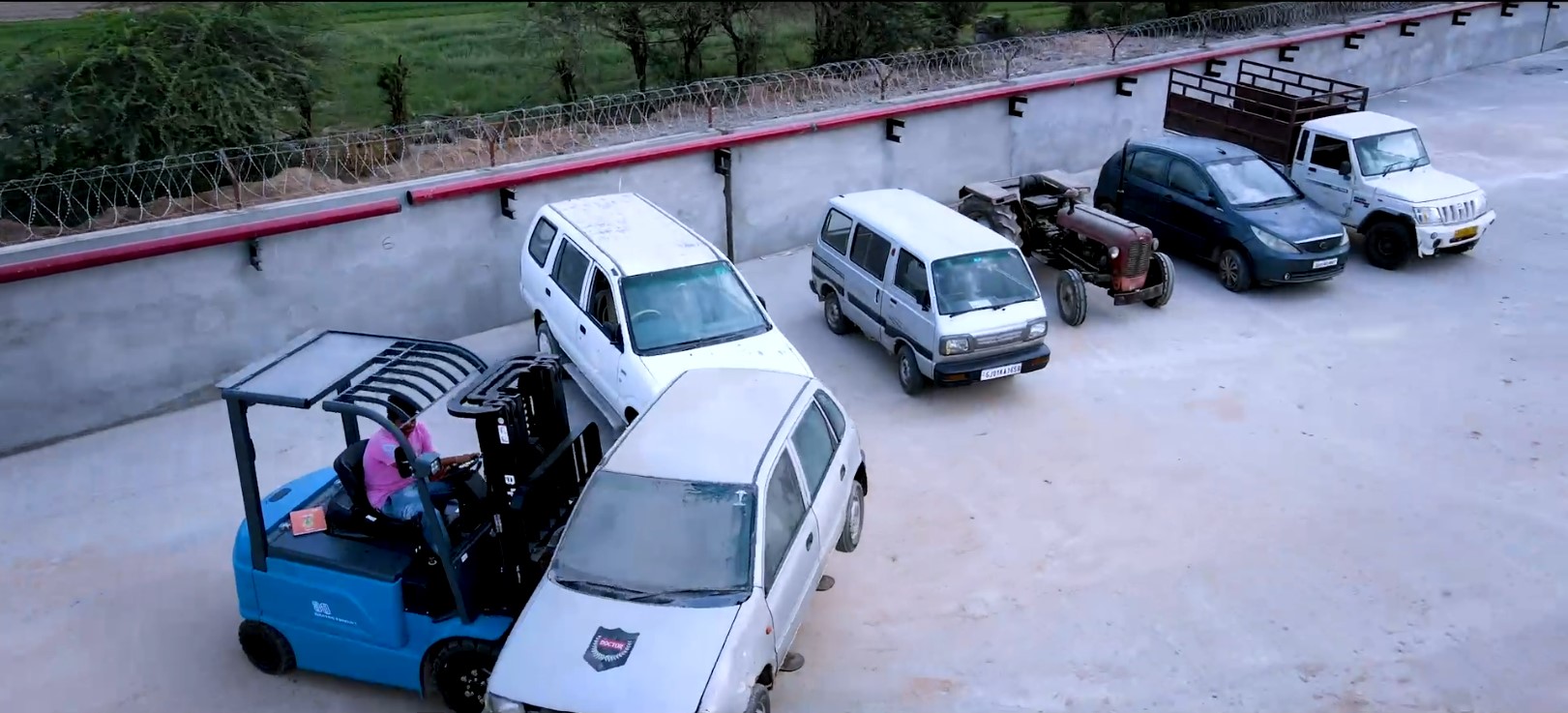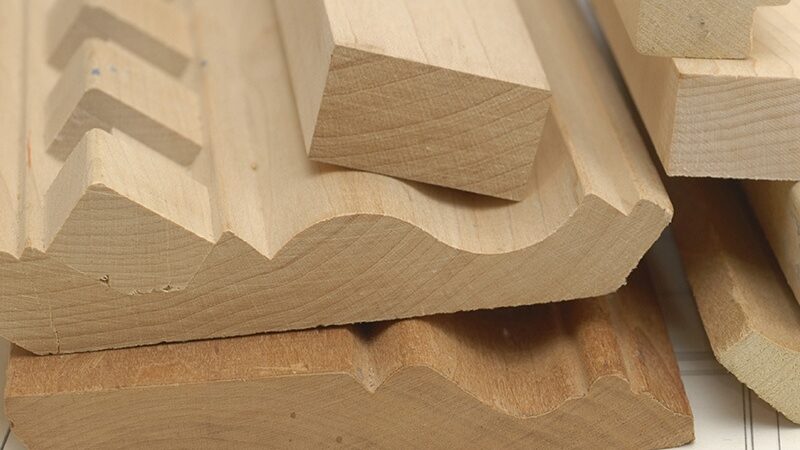Growing Opportunities in the Car Kabadi Market for Sustainable Recycling

The Car Kabadi Market has become a vital part of India’s growing automobile ecosystem, offering an eco-friendly and profitable solution for vehicle owners and the environment alike. With the increasing number of vehicles on the road, the need for proper disposal and recycling of end-of-life vehicles (ELVs) has never been greater. The car kabadi market plays a crucial role in this process, promoting sustainability, reducing waste, and creating new business opportunities in the automotive recycling sector.
Understanding the Car Kabadi Market
The term kabadi refers to scrap or junk materials, and in the automotive industry, it involves the collection, dismantling, and recycling of old or damaged vehicles. When a car reaches the end of its usable life or suffers irreversible damage, it becomes a potential source of reusable metal, spare parts, and other materials. Instead of allowing these vehicles to occupy space in garages or junkyards, car kabadi markets ensure their components are recycled responsibly.
This process not only helps in recovering valuable metals like steel, aluminum, and copper but also minimizes the environmental damage caused by hazardous fluids and materials when left untreated.
The Role of the Car Kabadi Market in Sustainability
Sustainability is at the heart of the modern car kabadi market. Recycling vehicles significantly reduces the demand for new raw materials, conserving natural resources and lowering carbon emissions. When old cars are dismantled systematically, parts such as engines, batteries, tires, and glass are either refurbished for reuse or melted down for manufacturing new products.
This circular approach ensures that nearly 90% of a vehicle’s materials are recycled or repurposed, making the car kabadi industry an essential player in India’s environmental sustainability efforts. Additionally, it reduces landfill waste and pollution from vehicle fluids, helping maintain ecological balance.
Every car that enters a kabadi yard is a treasure trove of reusable materials. From metal and plastic to glass and rubber, nearly every component of a vehicle can be recycled or repurposed. By doing so, the car kabadi industry helps reduce the extraction of virgin raw materials, which are often obtained through environmentally damaging mining processes. Recycling metals such as steel and aluminum consumes significantly less energy compared to producing them from raw ore — often up to 60–70% less energy. This directly translates to lower greenhouse gas emissions and reduced strain on natural resources.
Beyond material recovery, the car kabadi market also ensures the safe disposal of toxic substances that can harm the environment if neglected. Fluids like engine oil, coolant, transmission fluid, and brake oil are carefully drained and treated to prevent soil and water contamination. Similarly, vehicle batteries, which contain lead and acid, are handled in compliance with environmental regulations to avoid hazardous leaks. This careful management of waste materials minimizes pollution and supports India’s broader goal of sustainable industrial growth.
Economic Benefits of the Car Kabadi Market
The car kabadi market is not only beneficial for the environment but also for the economy. It provides opportunities for small and medium enterprises to thrive by participating in various stages of vehicle recycling — from collection and dismantling to resale and material recovery.
Vehicle owners also benefit financially by selling their old cars at competitive scrap rates instead of letting them deteriorate unused. The market offers a transparent system for assessing scrap value based on metal weight, parts condition, and current market demand.
Moreover, recycled metals obtained from scrap vehicles help reduce import dependency on raw materials, strengthening the local manufacturing sector and supporting India’s vision of a self-reliant economy.
The Process of Vehicle Recycling
The recycling process in the car kabadi market typically involves several key steps:
- Vehicle Evaluation: The condition and age of the vehicle are assessed to determine its scrap value.
- Depollution: Hazardous materials like fuel, oil, coolant, and brake fluids are safely removed to prevent contamination.
- Dismantling: Usable parts such as tires, batteries, and electronics are separated for resale or refurbishment.
- Shredding: The remaining metal body is crushed and shredded to recover valuable materials.
- Recycling and Reuse: Extracted metals are processed and supplied to manufacturing industries for reuse.
This systematic approach ensures safety, efficiency, and environmental compliance at every stage.
The Future of the Car Kabadi Market in India
With the government emphasizing vehicle scrappage policies and green mobility, the car kabadi market is poised for exponential growth. The introduction of organized recycling centers and eco-friendly dismantling facilities is helping formalize the sector, which was previously dominated by unregulated players.
Digital platforms are also transforming the industry by connecting vehicle owners with verified scrap dealers, ensuring transparency and fair pricing. This technological shift is making car recycling easier, faster, and more profitable for both customers and recyclers.
Conclusion
The car kabadi market represents the future of sustainable automotive recycling in India. It bridges the gap between environmental responsibility and economic growth by promoting recycling, reducing pollution, and creating job opportunities. As awareness about eco-friendly practices continues to grow, more vehicle owners are turning to car kabadi services to dispose of their old vehicles responsibly.
By choosing to recycle rather than discard, individuals contribute to a cleaner environment and a stronger economy. The car kabadi market is not just about scrap — it’s about giving new life to old vehicles and paving the way for a greener future.



